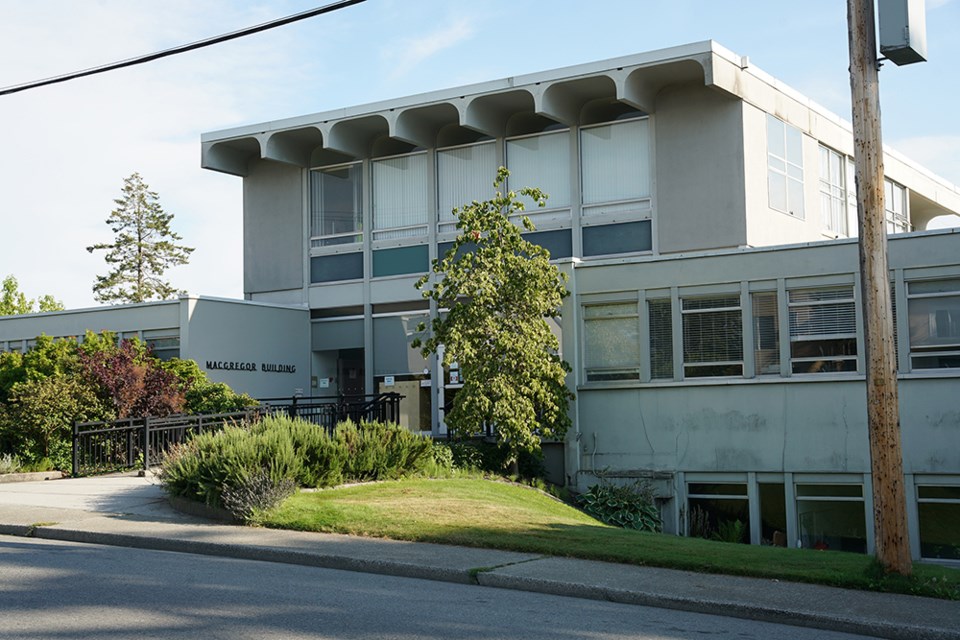City of Powell River Council has voted to grant a development variance permit on Cranberry Street, allowing the applicant to tie into the water main, avoiding the design and installation of a secondary water main, and new fire hydrant.
At the May 22 city council meeting, councillors reviewed the development variance permit after it had been sent back to staff for review. According to a staff report, on May 8, director of planning services Jason Gow presented a development variance permit to councillors for the property. The applicant sought to remove the requirement to provide and install a new fire hydrant and new sanitary, water and storm water service connections to the property.
On May 9, a meeting was held between city staff, the applicant and their agent. The applicant was no longer seeking a variance to the sanitary service requirement or the storm water connection for the subject property. However, the applicant was still requesting a variance to the city’s water servicing requirement with a new fire hydrant.
“While engineering staff are not supportive of a direct connection to the city’s trunk main, staff are amenable to the applicant’s request to vary the requirement to install a new fire hydrant,” the report stated.
At the council meeting, Gow said staff members are still recommending that a 150 mm service line be connected to the trunk main rather than tying directly into the trunk main.
“This is in keeping with our bylaws and staff feels like it is our responsibility to make that recommendation,” said Gow.
Councillor Rob Southcott asked about safety in tying into the water main. Gow said there are many situations where lines are tied into the trunk main.
“From staff’s perspective, we find ourselves in a challenging position because we have a bylaw that says this is how it should be done,” said Gow. “We are making that recommendation. If there was a safety concern, you would have heard that from us before. This is more about best practice and more about what we require from other developers.
Councillor Trina Isakson made a motion for council to approve the development variance permit that varies the city’s infrastructure design and construction bylaw by relaxing the requirement to provide and install a new water main and fire hydrant. She added that bylaws are intended to develop for the future and development should occur using best practices. She said in this case, given the specific nature of it being the end of the line, she was willing to go against the bylaw.
“I generally wouldn’t do that, but because of the unique nature of the end of the line and where that property is, I appreciate staff recommending something based on bylaws, but it’s up to council how we respond to staff recommendations,” said Isakson. “In this case, it’s unique and I’m willing to support a variance for both the fire hydrant and the new water main.”
Councillor George Doubt said he supported the motion and wanted to point out that staff are doing what they were asked to do.
“They are reporting to us their interpretation of the bylaw,” said Doubt. “They have put it in the hands of council and council is going to make the decision.
“Since the last discussion we had, I went into that meeting with some ideas,” said Doubt. “I am assuming the property was subdivided sometime in the far distant past. My preference, as a councillor, would be to have the water service connection, the sewer service connection and everything required by the person doing the subdivision to put those in. For whatever reason, the city allowed the subdivision of the property without any requirements for additions to the service. If we were going to do it, we should have done it at that time.”
The motion to approve the development variance permit passed unanimously.
Join the Peak's email list for the top headlines right in your inbox Monday to Friday.



